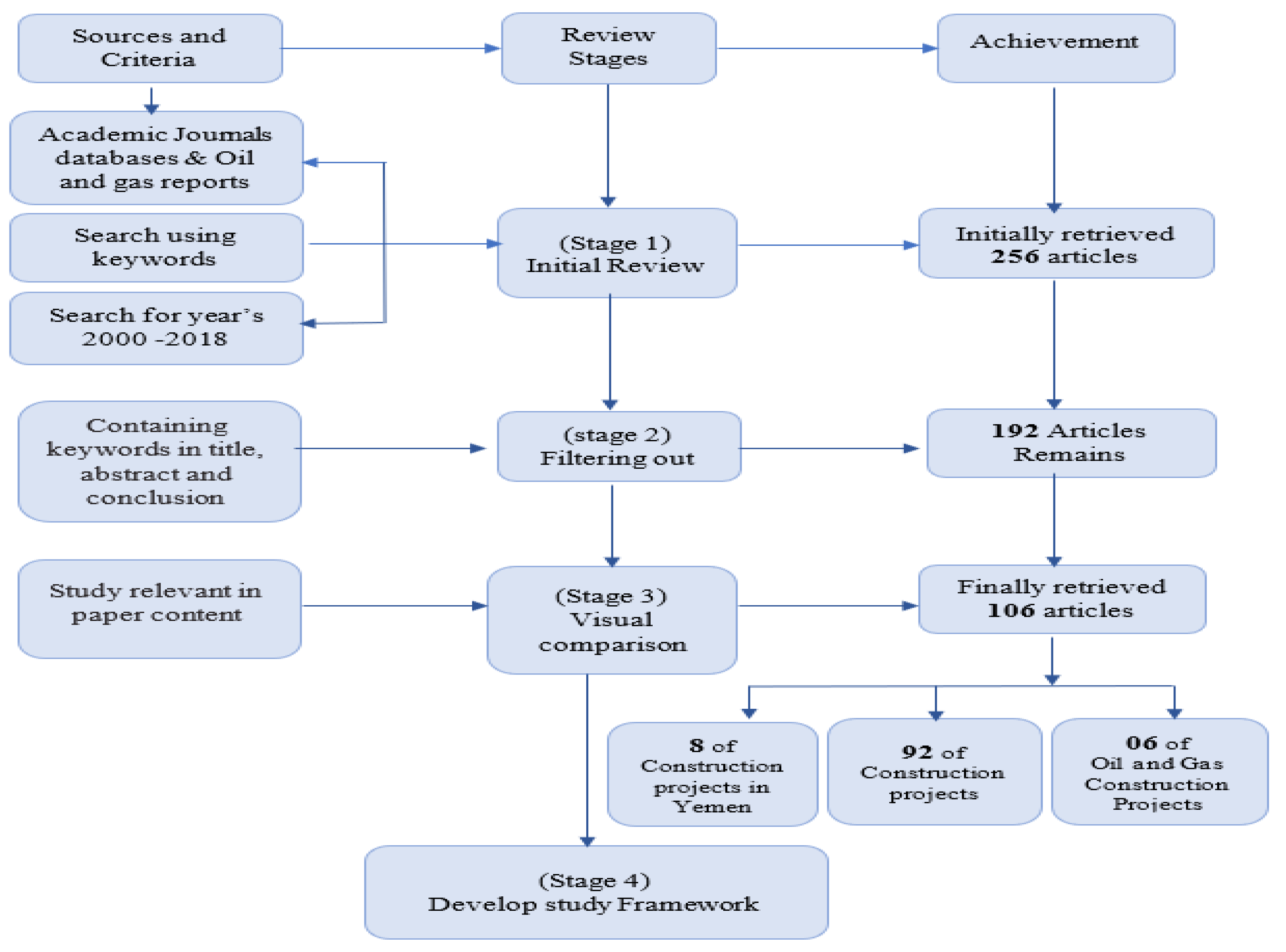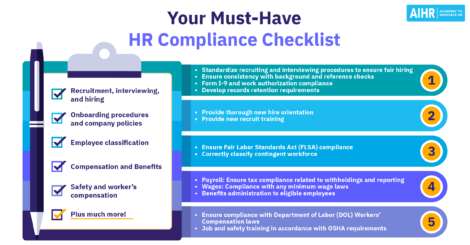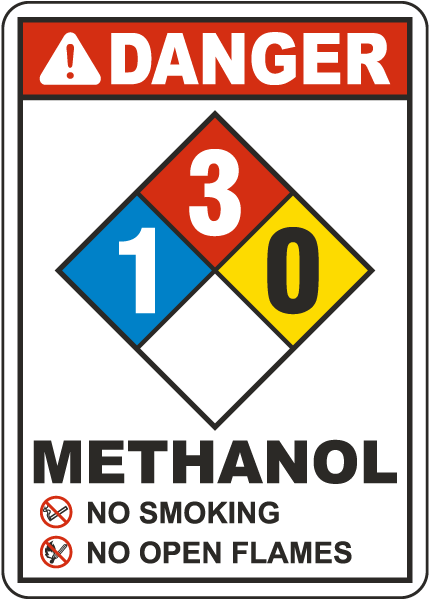Mean (±SEM) number of gapes on each safe-danger-safe (1 through 10
$ 12.99 · 4.9 (318) · In stock

Download scientific diagram | Mean (±SEM) number of gapes on each safe-danger-safe (1 through 10) for the first (top panel) and second (bottom panel) 10-min interval, respectively from publication: Aversive, appetitive and flavour avoidance responses in the presence of contextual cues | Appetitive, aversive and avoidance responses to a flavoured solution in distinct contexts were examined. Rats placed in either a white or black box were given access to saccharin. Consumption was followed by an injection of a toxin in one but not the other box. Rats showed | Cues, Saccharin and Appetitive Behavior | ResearchGate, the professional network for scientists.

Virtual Screening of Nrf2 Dietary-Derived Agonists and Safety by a New Deep-Learning Model and Verified In Vitro and In Vivo

Gases, Free Full-Text

Smartwatch Security - Safety & Risks

Darlene SKINNER, Professor, PhD

The need for environmental regulation of tires: Challenges and recommendations - ScienceDirect

Job Analysis: A Practical Guide [FREE Templates] - AIHR

There Are Four Types of Company Culture – Which one is yours?

Mean (±SEM) number of gapes on each safe-danger-safe (1 through 10

Chemically-defined and scalable culture system for intestinal stem cells derived from human intestinal organoids

NFPA Methanol 1-3-0 White Sign - Claim Your 10% Discount

Job Analysis: A Practical Guide [FREE Templates] - AIHR

Alexander PENNEY, Assistant Professor

Improved efficacy/safety profile of factor XIa inhibitor BMS‐724296 versus factor Xa inhibitor apixaban and thrombin inhibitor dabigatran in cynomolgus monkeys - Research and Practice in Thrombosis and Haemostasis

Copywriting Formulas - the ultimate guide. 200+ examples.
.png)
What can FinTech companies achieve with customer sentiment analysis?